The Pain Pill and the Boomstick with Chris Duffin
Are you following The Movement Fix on Instagram? Find us @themovementfix
Want better shoulder mobility? Download Day 1 of our Shoulder Mobility Program for free:
The Pain Pill and the Boomstick with Chris Duffin | Ep. 110 | Movement Fix Monday
Last weekend I was in Portland, OR and stopped by Kabuki Strength to talk shop with Chris and shoot some videos to share with you guys.
Last Monday we did a video on The Shoulder Rok and this week we are looking at two other tools he uses with his powerlifting crew, The Boomstick and the Pain Pill.
If you've been following my blog for very long at all, you know that I don't buy into all the 'rolling out to break up fascia and scar tissue' stuff. Rolling out is a small part of what I do physically.
Maybe you're surprised to see me doing a video on rolling out aggressively with a metal object (since I did a video on the Top 5 Places to NOT roll out).
Did I switch sides? Do I think people should roll out aggressively now without hesitation? No, absolutely not. It is a great tool when used correctly with the right intention and in the right context.
I have actually taken several classes with Chris (McGill Level 1, DNS Exercise) and one of the things I appreciate about him is that he is also continually learning and his approach to working with tools as seen in the video is based on the best current research, which is that rolling out and instrument assisted work is more about the nervous system and muscle tone than it is about breaking up adhesions.
An important note to make during this video is how Chris mocks my traps as being 'baby traps'....Why is that important? Because Chris and the athletes he works with are huge and have tons of muscle mass. For that body type, a larger tool like this may be necessary to provide the level of stimulus required for change to the nervous system. A tool that is less may not even register to guys who are moving tons of weight and stressing their bodies at a high level.
Point being, there is a time and a place for more aggressive and less aggressive work. These tools are certainly on the more aggressive side, but then again, have you ever seen someone who has been quartered or aggressively had instrument assisted work done? The trick is in the application. In many ways, these tools are less aggressive because they have a very rounded edge.
Although the small one weighs 22lbs and the large one weighs 44lbs, that amount of weight is distributed over a larger surface area in comparison to a light weight, sharp-edged tool.
Funny thing, I had a conversation with my pal Jason Shane from Shane Physiotherapy after I filmed this video and he had mentioned his friend in massage school trained pressure on a scale to know how many pounds of force he used on a patient. It was in the ball park of 22-44lbs. I am curious if anyone has tried that and knows the force they're using?
The implication is that you could use one of these tools that is heavy and not push at all, saving your hands and applying a similar amount of load.
Hopefully this gives you some food for though. I know I will be trying these tools in my clinic and reporting back sometime in the next few months on my thoughts after using it.
Thanks for reading,
Ryan
What to Read Next
Commonly Misunderstood Words in Movement and Mobility
Commonly Misunderstood Words in Movement and Mobility In this post I will be sharing my thoughts on common words used in the movement and fitness world with a focus on how to better define them conceptually, and where applicable, mathematically. Each day...
How to Stretch Shoulder Extension
How to Stretch Shoulder Extension Learn how to stretch your shoulder extension Want better shoulder mobility? Download Day 1 of our Shoulder Mobility Program for free: Option 1 For many people, option 1 will be the best option, especially if...
Three Position Band Pull Apart
Learn how to correctly perform the 3 position band pull apart to improve your shoulder and upper back strength and mobility
Why Shoulders HAVE to Move Differently
All shoulders have to move differently and stretching won't fix every problem. Learn how the anatomy affects overhead lifting.
Get all our latest articles sent directly to your inbox
Comments

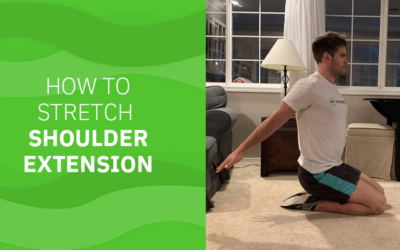
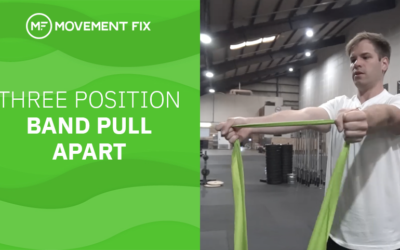
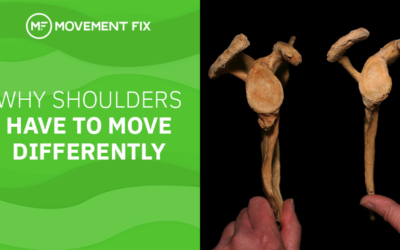

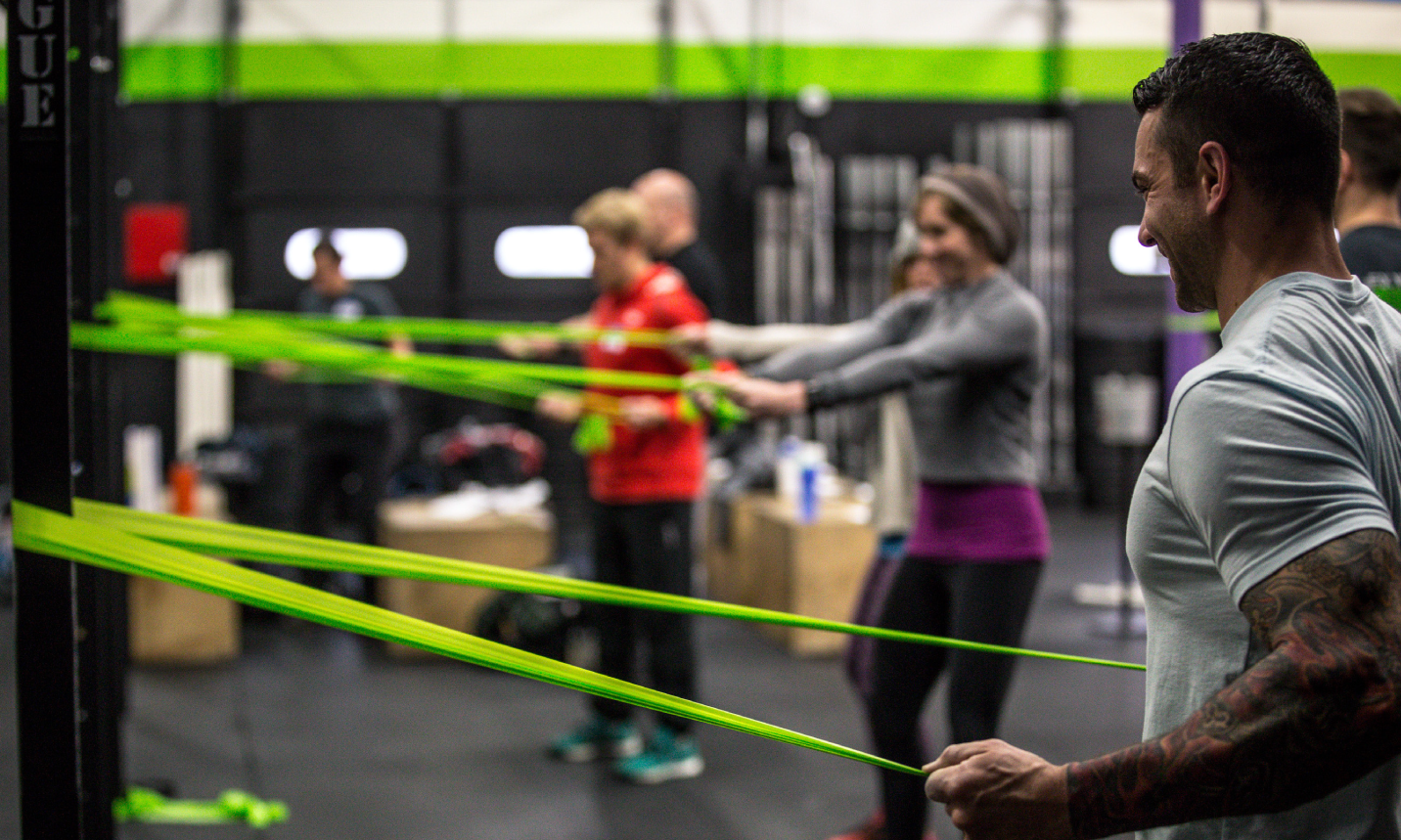
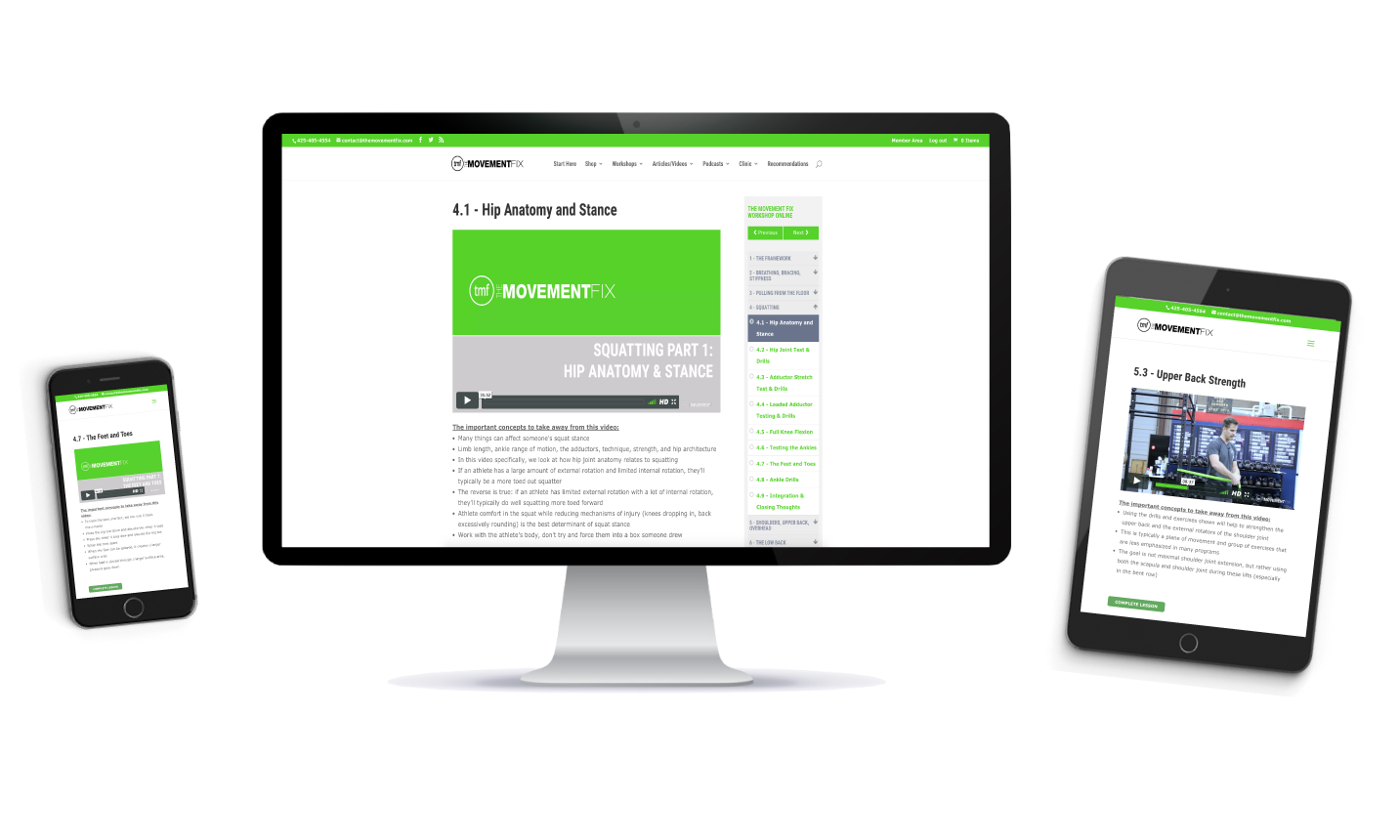
This is awesome!! I can't wait to hear more about this tool and it's advantages! Definitely sparked my interest.
I love the idea of these tools however is there anyway they can be utilized without a partner?